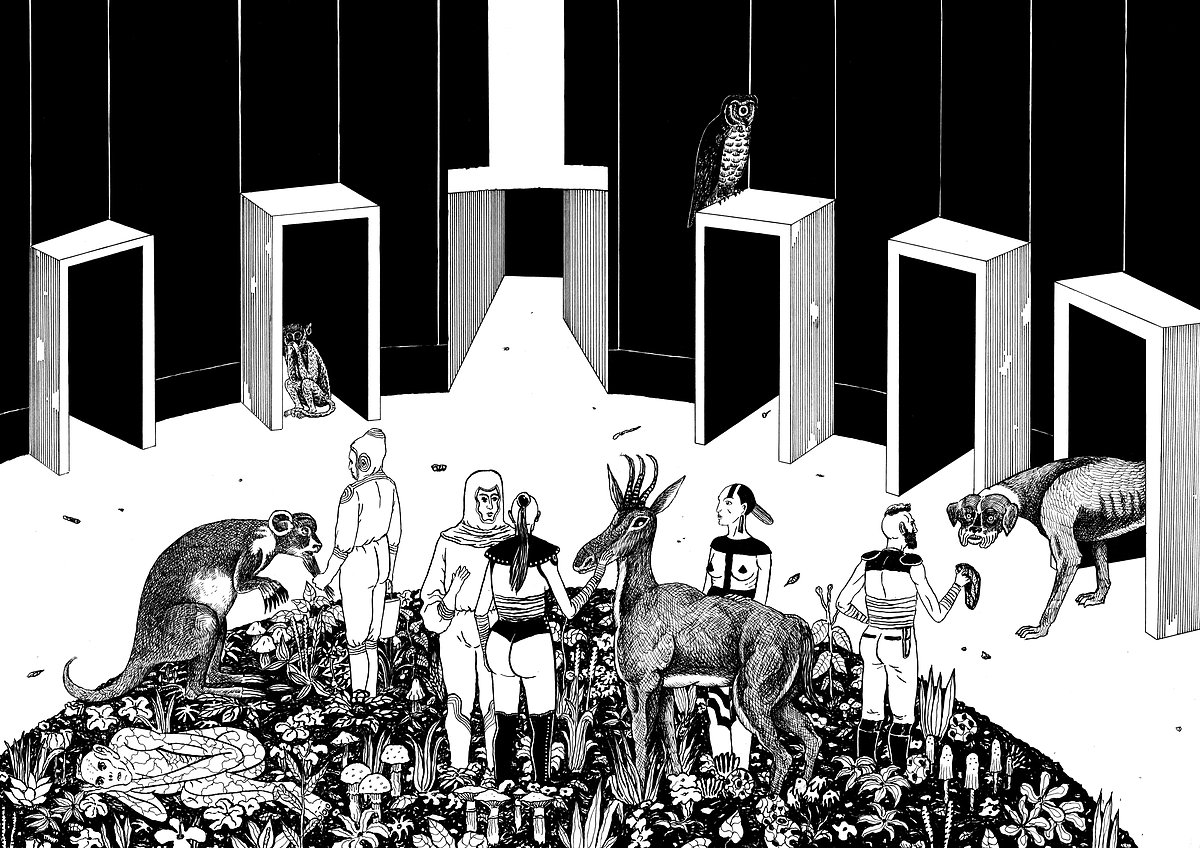The United Micro Kingdoms: A Travellers’ Tale

After finding the wonderfully titled book The Beginner’s Guide to Nation-Building, published by the Rand Corporation in 2007, we began to wonder how nations were built and if states could be designed. We explored different ways of constructing alternative ideological systems and came across a type of chart used to illustrate different political positions. There are several variations, but they typically have four points on two axes: left, right, authoritarian, and libertarian. The left-right axis usually defines economic freedom, whereas the libertarian-authoritarian axis defines personal freedom. Based on these, we began to explore an alternative England divided into four regions, each having a different ideology.
Not wanting to visualize the world in a cinematic way, or use pieces of evidence such as flags, documents, and other bits of everyday life, we wanted instead to present the world through one type of object that would allow for comparisons between the different micro-kingdoms. We chose transport. Transport involves not only technology and products but also infrastructure; we could think big but present our thinking at the more concrete scale of vehicles. Vehicles are also highly charged symbols of freedom and individuality. Each vehicle would embody different ideologies, values, priorities, and belief systems—essentially alternative worldviews.
We divided England into four super shires, each offering an alternative to a fossil-fuel-dependent world designed to expose trade-offs: convenience versus control, individual freedom versus hardship, unlimited energy versus a limited population. Next we sketched out four regions and four combina- tions of technology and ideology: communism and nuclear energy, social democracy and biotechnology, neoliberalism and digital technology, and anarchy and self-experimentation.
The project narrative is as follows: In an effort to reinvent itself for the twenty-first century, England devolved into four super shires inhabited by digitarians, bioliberals, anarcho-evolutionists, and communo-nuclearists. Each county became an experimental zone free to develop its own form of governance, economy, and lifestyle. England became a deregulated laboratory for competing social, ideological, and economic models.